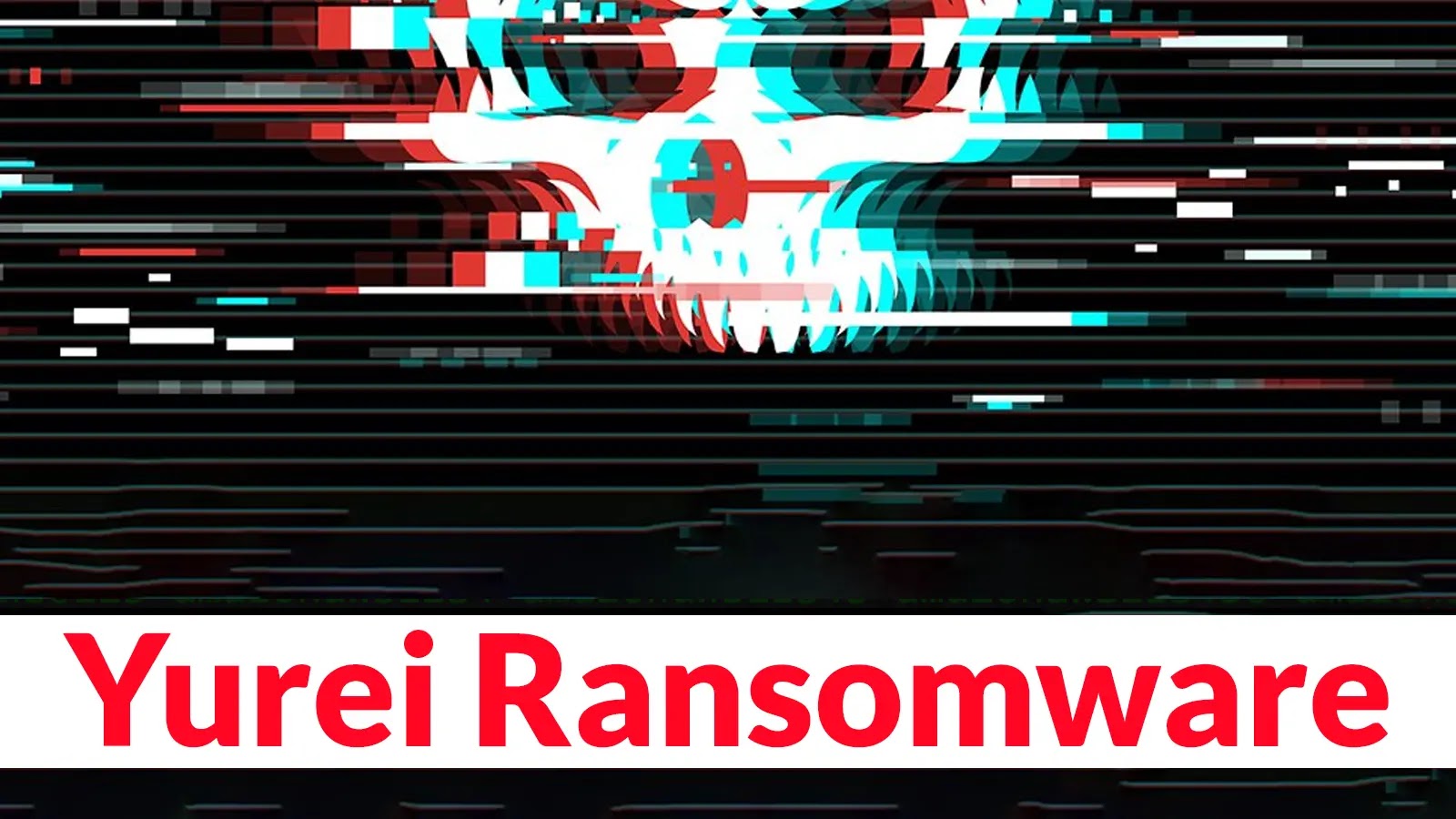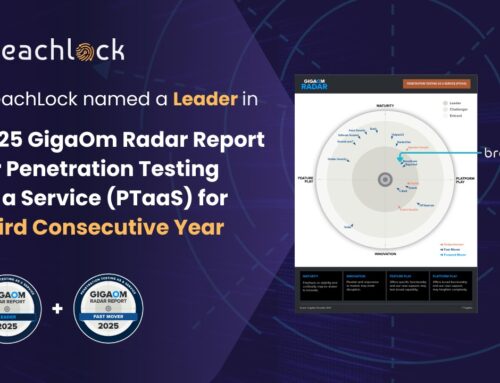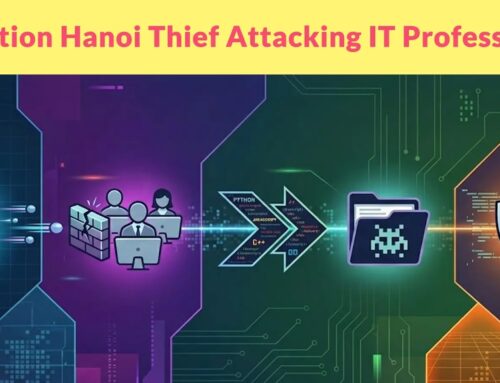
Yurei Ransomware Leverages SMB Shares and Removable Drives to Encrypt Files
Files held hostage, operations grinding to a halt – the chilling reality of ransomware attacks continues to evolve. A new threat, dubbed Yurei, has emerged, demonstrating an alarming capability to rapidly encrypt critical data across entire networks. This sophisticated ransomware variant is not just another piece of malware; it leverages pervasive network mechanisms and portable storage to maximize its destructive potential.
Understanding how Yurei operates, particularly its exploitation of Server Message Block (SMB) shares and removable drives, is crucial for any organization aiming to fortify its defenses. This isn’t just about recovering data; it’s about safeguarding business continuity and intellectual property in an increasingly hostile digital landscape.
Yurei Ransomware: Capabilities and Modus Operandi
Yurei ransomware, first observed in early September 2025, represents a significant concern for Windows environments. It distinguishes itself through a Go-based payload, a language choice that often allows for cross-platform compilation and obfuscation, making analysis and detection more challenging. The primary objective of Yurei is rapid, large-scale data encryption, designed to inflict maximum disruption.
Once executed within a victim’s network, Yurei does not hesitate. It immediately begins an intensive enumeration process, identifying all accessible local and network drives. This aggressive discovery phase allows it to quickly map out the digital assets it can compromise. Following successful encryption, Yurei appends a .Yurei extension to every affected file, leaving a clear, disturbing signature of its presence. To ensure its demands are communicated, unique ransom notes are strategically placed within every directory containing encrypted files. Payment instructions are then delivered via the Tor network, a common tactic for ransomware operators seeking anonymity.
Leveraging SMB Shares for Widespread Impact
One of Yurei’s most effective vectors for propagation and data encryption is its abuse of SMB shares. SMB (Server Message Block) is a network file sharing protocol that allows applications on a computer to read and write files and to request services from server programs in a computer network. While essential for legitimate business operations, misconfigured or poorly secured SMB shares present an open invitation for malicious actors.
Yurei exploits the inherent trust model within SMB networks. By gaining access to a single compromised machine, it can potentially enumerate and encrypt files residing on any accessible share. This allows a single infection point to cascade across an entire enterprise network, encrypting shared documents, databases, and critical application files. The speed at which it can identify and encrypt these shared resources is a key factor in its disruptive potential.
The Threat of Removable Drives
Beyond network shares, Yurei also targets removable drives—USB drives, external hard drives, and other portable storage devices. This vector highlights the importance of endpoint security and strict controls over device usage.
An infected workstation can spread Yurei to any connected removable drive, and conversely, a removable drive infected elsewhere can introduce Yurei into a clean network. This dual approach to data compromise underscores Yurei’s design for widespread impact, leaving no stone unturned in its pursuit of encrypting valuable data.
Remediation Actions and Proactive Defense
Defending against threats like Yurei requires a multi-layered security strategy, focusing on prevention, detection, and rapid response. Proactive measures are paramount to minimize the risk of infection and the scope of potential damage.
- Principle of Least Privilege: Implement strict access controls on SMB shares. Users and applications should only have access to the resources absolutely necessary for their functions. Regularly review and audit these permissions.
- Network Segmentation: Segment your network to isolate critical assets. If Yurei breaches one segment, it should not be able to propagate freely to others. This limits the blast radius of any attack.
- Strong Endpoint Protection: Deploy and maintain advanced Endpoint Detection and Response (EDR) solutions. These tools can identify and block suspicious activities indicative of ransomware execution, even for novel variants like Yurei.
- Regular Backups (3-2-1 Rule): Implement a robust backup strategy, adhering to the 3-2-1 rule: three copies of your data, on two different media types, with one copy offsite. Ensure backups are immutable and regularly tested for restorability.
- Disable SMBv1: SMBv1 is an outdated and vulnerable protocol. Disable it across your network. Modern operating systems support SMBv2 or SMBv3, which offer improved security. There are no CVEs directly linked to Yurei, but older SMB vulnerabilities like those exploited by Wannacry (e.g., CVE-2017-0144) illustrate the danger of deprecated protocols.
- User Awareness Training: Educate employees about phishing, suspicious attachments, and safe browsing habits. The initial foothold for ransomware often comes from human error.
- Disable Autorun for Removable Devices: Configure operating systems to disable autorun functionality for removable media to prevent automatic execution of malware.
- Application Whitelisting: Implement application whitelisting policies to restrict the execution of unauthorized programs, including unknown Go-based binaries.
- Patch Management: Keep all operating systems, applications, and network devices patched and up-to-date. Attackers frequently exploit known vulnerabilities for initial access and lateral movement.
Recommended Security Tools
Effective defense against ransomware like Yurei involves a combination of preventative and detective tools.
| Tool Name | Purpose | Link |
|---|---|---|
| Microsoft Defender for Endpoint | Advanced EDR, next-gen antivirus, and attack surface reduction. | Microsoft Defender for Endpoint |
| CrowdStrike Falcon Insight | Cloud-native EDR for comprehensive endpoint protection and threat hunting. | CrowdStrike Falcon Insight XDR |
| Veeam Backup & Replication | Robust data backup and recovery solution crucial for ransomware resilience. | Veeam |
| CyberArk Privileged Access Manager | Manages and secures privileged accounts, reducing lateral movement risks. | CyberArk PAM |
| Tenable Nessus | Vulnerability scanner to identify and prioritize security weaknesses. | Tenable Nessus |
Key Takeaways
The emergence of Yurei ransomware signals a continued evolution in threat actor tactics. Its use of Go, combined with its aggressive exploitation of SMB shares and removable drives, positions it as a significant threat to organizational data integrity. Proactive implementation of security best practices, including robust backup strategies, stringent access controls, endpoint protection, and continuous user education, is not just advisable—it’s imperative. Organizations must prioritize hardening their network infrastructure against these pervasive threats to safeguard their digital assets and ensure operational resilience.





